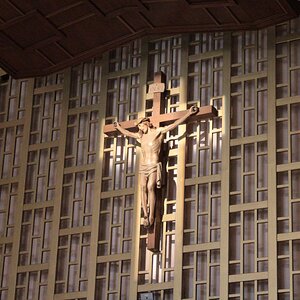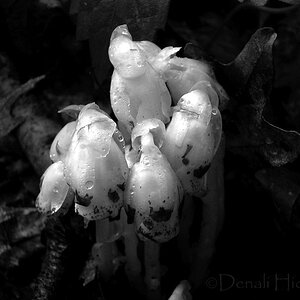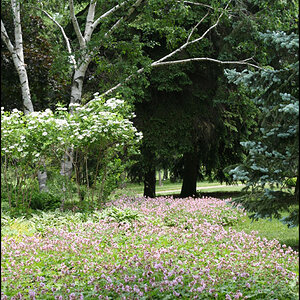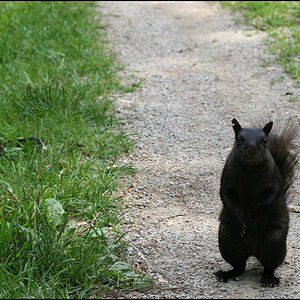andrewdoeshair
No longer a newbie, moving up!
- Joined
- May 23, 2016
- Messages
- 179
- Reaction score
- 133
- Can others edit my Photos
- Photos OK to edit
Sorry if this is a dumb question, but will light act differently as it becomes brighter? I've read books on the behavior of light but I either missed this answer or it wasn't in there. I'm mostly asking out of curiousity, I don't have any practical need for this information. I suppose I could set up a little test and find out for myself, but I love hearing you all share about this stuff. I usually learn more than I asked for when I come here.
Let's say I have a 20 watt bulb behind a diffusion panel near a face, with some space and a back drop behind the head, and the face is properly exposed at whatever the camera settings may be... If I swapped it for a 40 watt bulb (assuming, but completely unsure if this is how wattage ratings work, that the brightness doubles) and then I either dropped the ISO, closed the aperture, or sped up the shutter by one stop, would I only see the the changes that would occur within the camera (like a wider DOF or less noise) or would the light itself behave differently?
I'm assuming any other ambient light in the room would of course appear darker in comparison to the brighter bulb, maybe creating more substantial shadows, but will the main light be harder or more specular than it was when it was dimmer? I keep imagining the light acting like water or air coming out of a hose, push more out and it'll smack into stuff with more force, bounce around more, get all erratic, but I have no idea if that is incorrect.
Thanks for reading.
Let's say I have a 20 watt bulb behind a diffusion panel near a face, with some space and a back drop behind the head, and the face is properly exposed at whatever the camera settings may be... If I swapped it for a 40 watt bulb (assuming, but completely unsure if this is how wattage ratings work, that the brightness doubles) and then I either dropped the ISO, closed the aperture, or sped up the shutter by one stop, would I only see the the changes that would occur within the camera (like a wider DOF or less noise) or would the light itself behave differently?
I'm assuming any other ambient light in the room would of course appear darker in comparison to the brighter bulb, maybe creating more substantial shadows, but will the main light be harder or more specular than it was when it was dimmer? I keep imagining the light acting like water or air coming out of a hose, push more out and it'll smack into stuff with more force, bounce around more, get all erratic, but I have no idea if that is incorrect.
Thanks for reading.









![[No title]](/data/xfmg/thumbnail/37/37605-90c8efaef5b7d1f52d4bf8e7dfd33673.jpg?1619738148)



![[No title]](/data/xfmg/thumbnail/32/32005-d13a0bcc56327c42bd32dff4b0776658.jpg?1619735150)